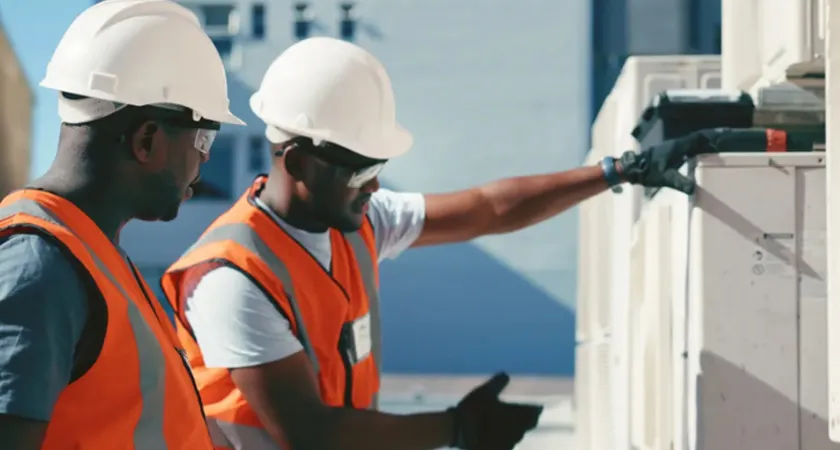
The nation’s top business leaders are joining forces to confront a persistent challenge in the U.S. labor market: the shortage of skilled trades workers. Carrier Global Corp. and Lowe’s are leading a Business Roundtable workforce initiative announced this summer, aimed at strengthening the pipeline of electricians, HVAC specialists, carpenters, plumbers, and other critical trade professionals.

The initiative will focus on four sectors—industrial and manufacturing, construction and building, maintenance and repair, and energy—where demand for skilled trades is surging. According to the Business Roundtable, the gap is so wide that for every 20 job openings in the skilled trades, there is only one net new employee.
Dane Linn, senior vice president of corporate initiatives at the Business Roundtable, said the effort is about breaking down silos between competitors to find solutions faster.
“Why pretend that the problem that Lowe’s is facing is so unique from the problem that Home Depot is facing?” Linn said.
He emphasized that the shortage impacts a wide range of industries, noting that even financial giants like JP Morgan Chase rely on electricians to maintain facilities.
Several companies have already made sizable investments to boost training opportunities.
Carrier Chairman and CEO David Gitlin said technology will play a major role in making training more efficient and engaging.
“What has changed is using things like virtual reality and augmented reality because it can give a much different virtual training experience than on-site training,” Gitlin said at the Business Roundtable’s CEO Workforce Forum. “It really supplements it very well.”
.webp)
Lowe’s Chairman and CEO Marvin Ellison highlighted that despite advances in artificial intelligence, demand for human skilled trades workers will remain critical.
“AI isn’t gonna fix a hole in your roof, it’s not going to respond to an electrical issue in your home, it’s not going to stop your water heater from leaking,” Ellison said. “Corporate jobs are the ones most likely to be supplemented by AI.”
Currently, about 20 companies have joined the initiative, but Business Roundtable leaders expect participation to grow significantly. The long-term goal is to train skilled workers at scale, creating a pipeline that can meet labor needs across industries.
“An electrician is an electrician is an electrician, and they all go through the same training,” Linn explained. “So what does that look like to train individuals at scale? And I think that’s what we’re solving for, and that’s the beauty and the value of trying to solve this problem with some of America’s largest companies. We have the opportunity to produce significant numbers of individuals who have the skills to fill these gaps.”
The shortage of skilled trades workers has already caused delays in construction projects, increased costs for building owners, and extended wait times for critical repairs across the U.S. As the country pursues large-scale infrastructure, housing, and energy transition projects, the demand for trade professionals is only expected to increase.
Industry experts warn that without coordinated action, the workforce gap could undermine progress on everything from housing affordability to climate resilience. By uniting competitors under one banner, the Business Roundtable hopes to provide a model for solving workforce challenges that extend far beyond a single industry.
Originally reported by Benton Graham in Construction Dive.